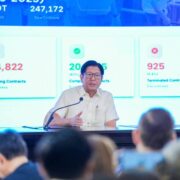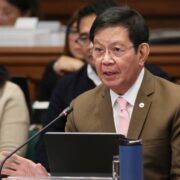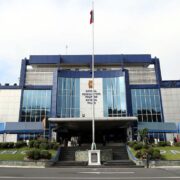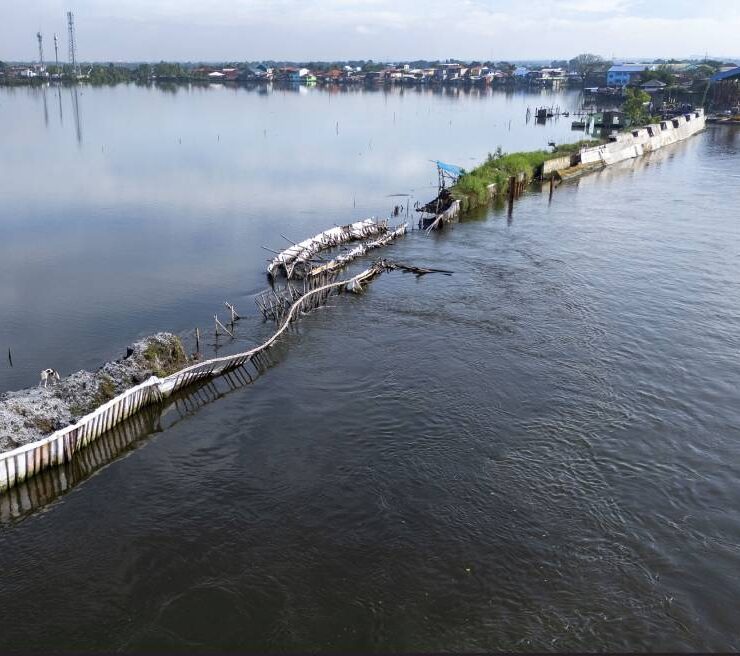Scandals weighed down infra spending in Sept
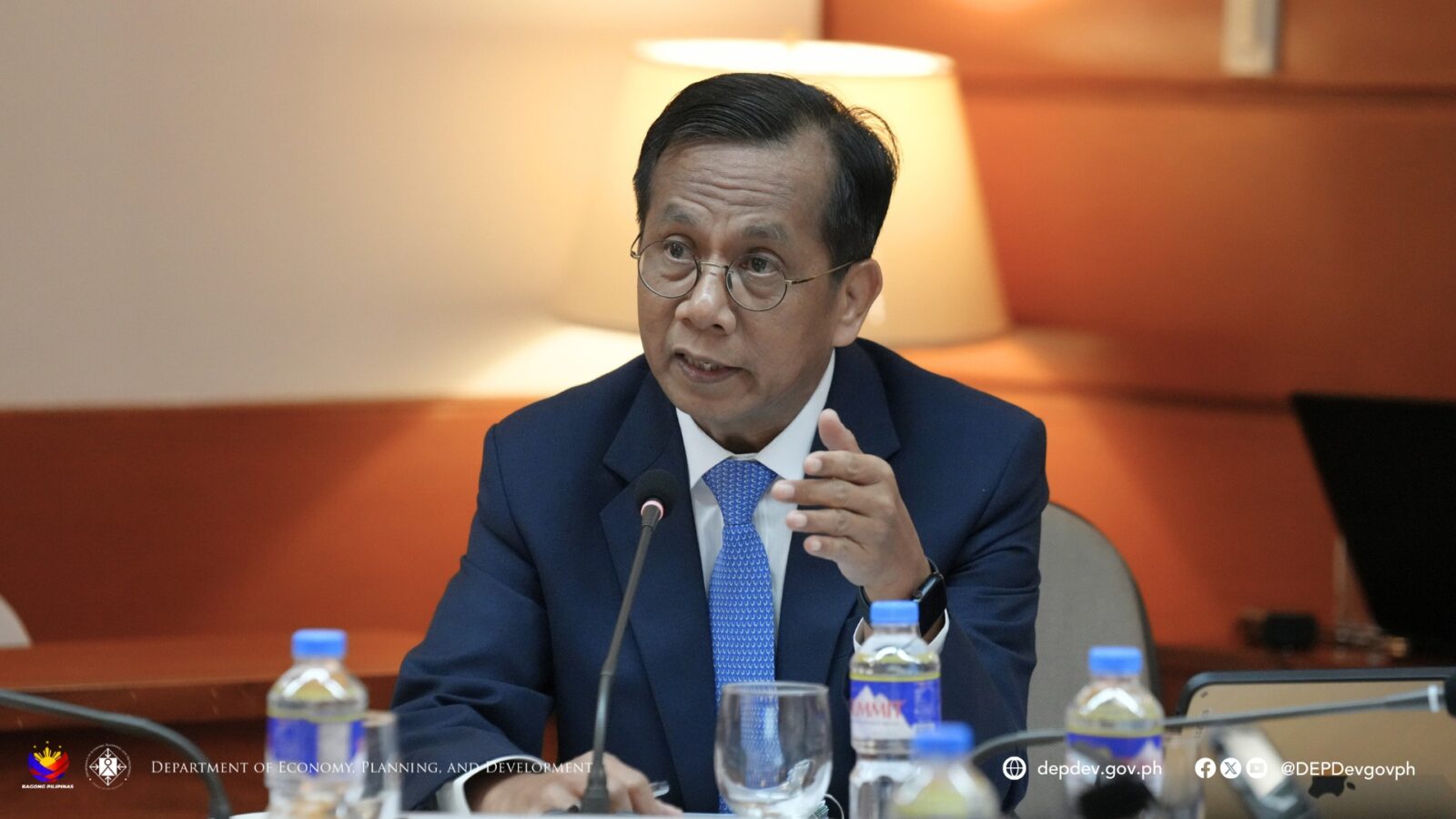
Heightened scrutiny of public works amid the flood control corruption scandal dragged down government infrastructure spending for the third consecutive month in September.
Latest data from the Department of Budget and Management (DBM) showed that government spending on infrastructure and capital outlays in September plummeted by 42.6 percent to P78.7 billion, down from P137.1 billion in the same month last year.
From January to September, infrastructure spending shrank by 10.7 percent to P877.1 billion from P982.4 billion last year, falling short of the government’s P1-trillion program for the nine-month period.
According to the DBM, the spending slump was largely due to the weaker performance of the Department of Public Works and Highways (DPWH).
“This (weak performance) followed the stricter validation of the status of implementation, quality, and completion of infrastructure projects nationwide amid corruption issues,” the department said.
“Delays or non-submission of billings by contractors due to the ongoing inspection of DPWH Implementing Offices (IOs) for the status of implementation and completion of projects nationwide affected the processing of payment claims and actual disbursements,” the DBM added in its report.
The agency has also been grappling with intensified oversight from the Office of the Ombudsman, the Commission on Audit, the Bureau of Internal Revenue (BIR) and the DBM.
Some bank accounts of DPWH officials were also frozen due to ongoing investigations, while adverse weather conditions further slowed project implementation.
Overall infrastructure disbursements, including infrastructure components of subsidy and equity to government corporations and transfers to local government units, slipped by 9 percent to P1.04 trillion.
Although the total government spending as of end-September grew 5.2 percent to P4.48 trillion, the sharp drop in DPWH disbursements still weighed on the total, making it 3.4 percent short of the P4.64-trillion program for the period.
This leaves roughly P206.3 billion yet to be disbursed for the year, equivalent to about 3.3 percent of the 2025 P6.326-trillion budget.
Looking ahead
Government spending on infrastructure during the third quarter contracted to a 14-year low of 26.2 percent, sending the Philippine economic growth down to 4 percent—the weakest since the first quarter of 2021.
Still, the DPWH lifted the suspension of procurement activities for locally funded civil works projects on Sept. 16, albeit with stricter compliance rules. According to the DBM, this move is expected to help normalize capital expenditures.
“Capital expenditures are expected to partly normalize towards the end of the year, with the implementation of most public works by the DPWH will resume before the year ends as governance measures and safeguards against corruption are put in place,” it said.
Meanwhile, former Finance Secretary Ralph Recto expressed confidence that the economy remains on stable footing, but projected full-year growth at 4.7 to 4.8 percent. This forecast falls short of the Marcos administration’s 5.5- to 6.5-percent growth target.
Economic Planning Secretary Arsenio Balisacan, on the other hand, remains bullish that the economy can hit at least 5 percent for the fourth quarter, saying he is optimistic that the issues dragging growth down can ultimately make the country stronger.
“I would not mind our economy slowing down as long as that will lead to a stronger economy in the future, because the economy becomes robust in terms of the sources of growth, in terms of sustainability, in terms of its quality, and its inclusivity,” he said.





